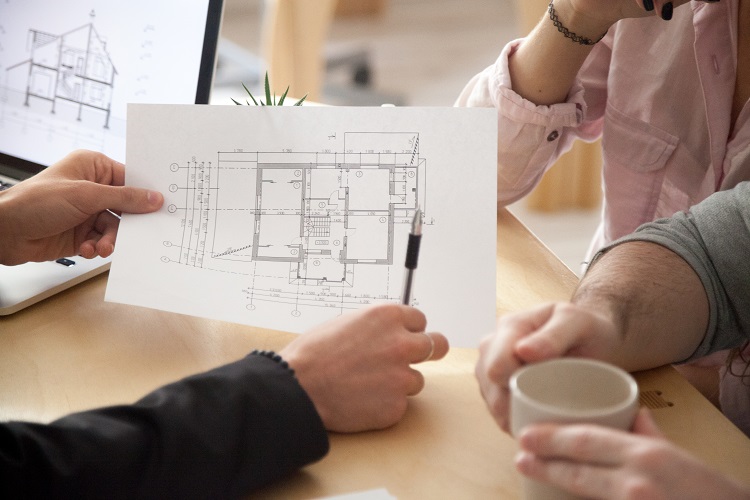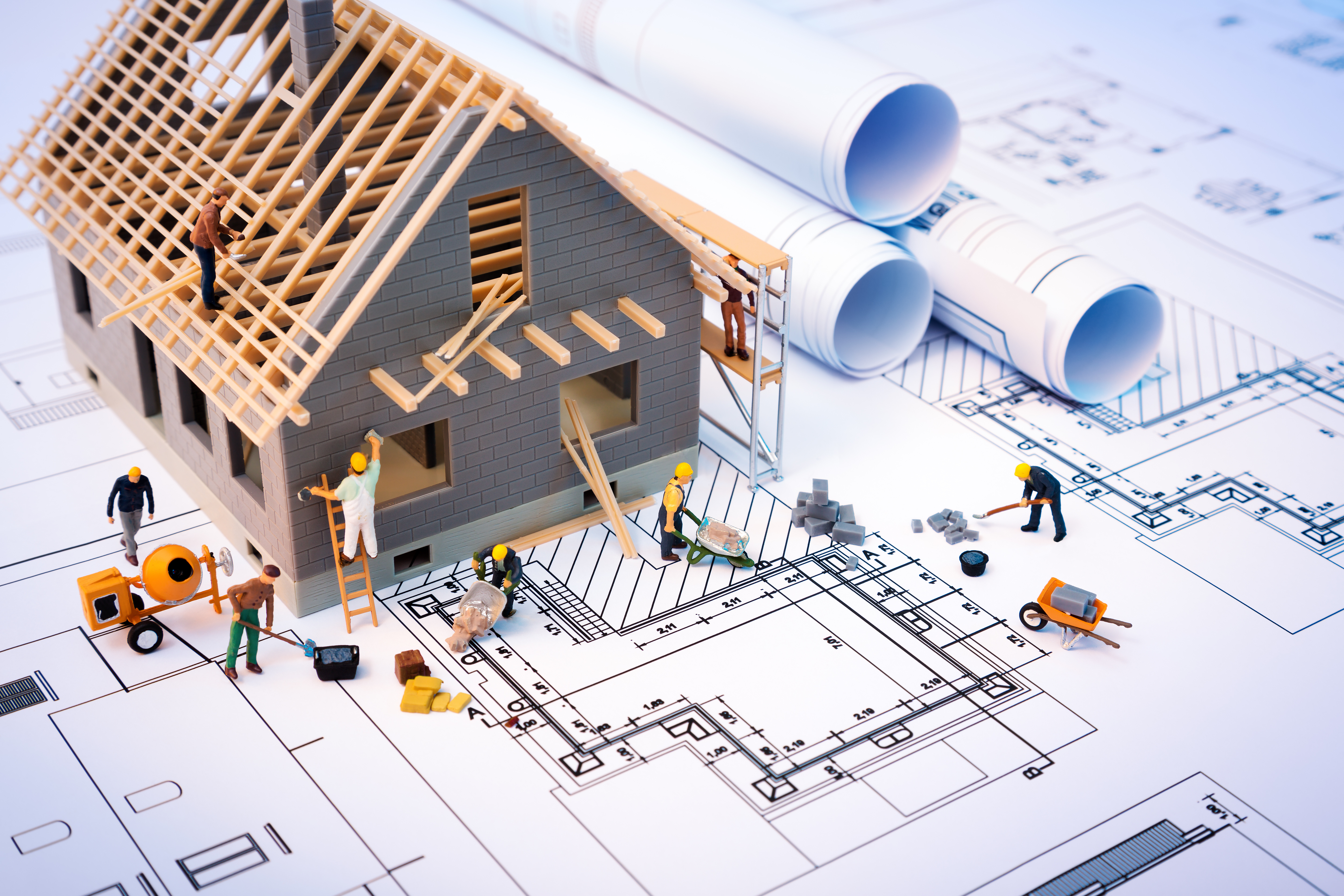Tips to Keep a Customer Satisfied From Blueprint to Build

One of the key factors in keeping your customers satisfied on a construction project is communication. From my own experience, I have noticed that when a contractor takes the time throughout the construction project to educate and explain the steps to their client, there is a satisfaction of the work being performed by the customer and a connection for the contractor. The client feels more involved as they rely on the expertise of the contractor.
There are many ways a contractor works with their clients. Here are a few ways a homeowner and contractor could work together in building a new home.
- The homeowner may possess the property and architectural drawings and is looking for pricing from the contractor.
- The homeowner may possess the property and is looking for the contractor to design and build the home.
- The contractor may have developed a subdivision and has a few models and lots to present to the homeowner.
Here are some ideas to consider when communicating with a client about creating their dream home:
- When signing the contract, it is critical that the homeowner completely understands what is included and excluded, the schedule, and the completion date. Avoiding any surprises will reduce stress levels and help make the project a good experience for everyone involved. It is important that the client have the contract reviewed by their attorney.
- When someone says they want to build a home, I suggest that they begin to look through home design magazines and clip out things they like, such as kitchen and bathroom designs, a unique fireplace, or a deck. I also suggest that they take pictures of things that catch their eye, such as siding they like on a house across town or tile they noticed at a restaurant. Have them begin to build a file of ideas early.
- Always design the home to the property. If the property has a slope, it may be perfect for a walkout basement or a row of four-foot windows along a basement wall. You might take advantage of a beautiful view with a lot of windows or a southern exposure. This is where the design concept starts.
- Explaining the floor plan can help those who may have a hard time envisioning what it will look like. Doorways, door swings, traffic patterns, stairways, and room sizes can help. Vaulted or sloped ceilings, ceiling heights, and soffits are important to point out. Kitchen and bathroom elevations are critical features for the homeowner to understand. Explaining other details and wall sections on the plan can give them a better visualization of what to expect.
- A project schedule can help keep the project moving forward and give the homeowner an idea of what to expect each week. They may want to capture pictures of the progress.
- I recommend having the electrician and homeowner walk through each room and lay out the electrical and communication outlets together. This would also include any special lighting needs. It is important that the homeowner puts thought into this before the meeting, considering the floor plan and their furniture.
It is also helpful to suggest things you anticipate the homeowner may need in the future that they might not have considered. Here are a few examples.
- Stubbing out an electrical conduit in the front or back of the house for future landscape lighting or outbuildings.
- Stubbing out a waterline for a lawn sprinkler system, pool, or pond. If the home has a well, a larger well pump may need to be considered.
- An upgrade to a larger, more efficient air filter is much easier before the HVAC system is installed. A 20x20x4-inch MERV 13 filter will capture particles more efficiently than a 16x20x1-inch filter.
- Whether it’s a water softener, ionizer, or a reverse osmosis under the sink, a water filtration system can be installed with the plumbing. Mechanical rooms in homes can be small, so laying everything out early will help.
If allowances are given to the homeowner for interior finishes such as carpet, tile, and cabinets, make sure you communicate whether labor is included. Having the homeowner pick out these materials early for ordering can help keep the schedule moving forward.
When a contractor shows enthusiasm for a project, it truly carries over to the customer. Taking the time to communicate effectively and professionally to each customer will pay off down the road. A satisfied customer can be your best advertising.
An insurance company that cares about you and insuring the things you wish to be insured.
Get a Quote> Find an Agent>

